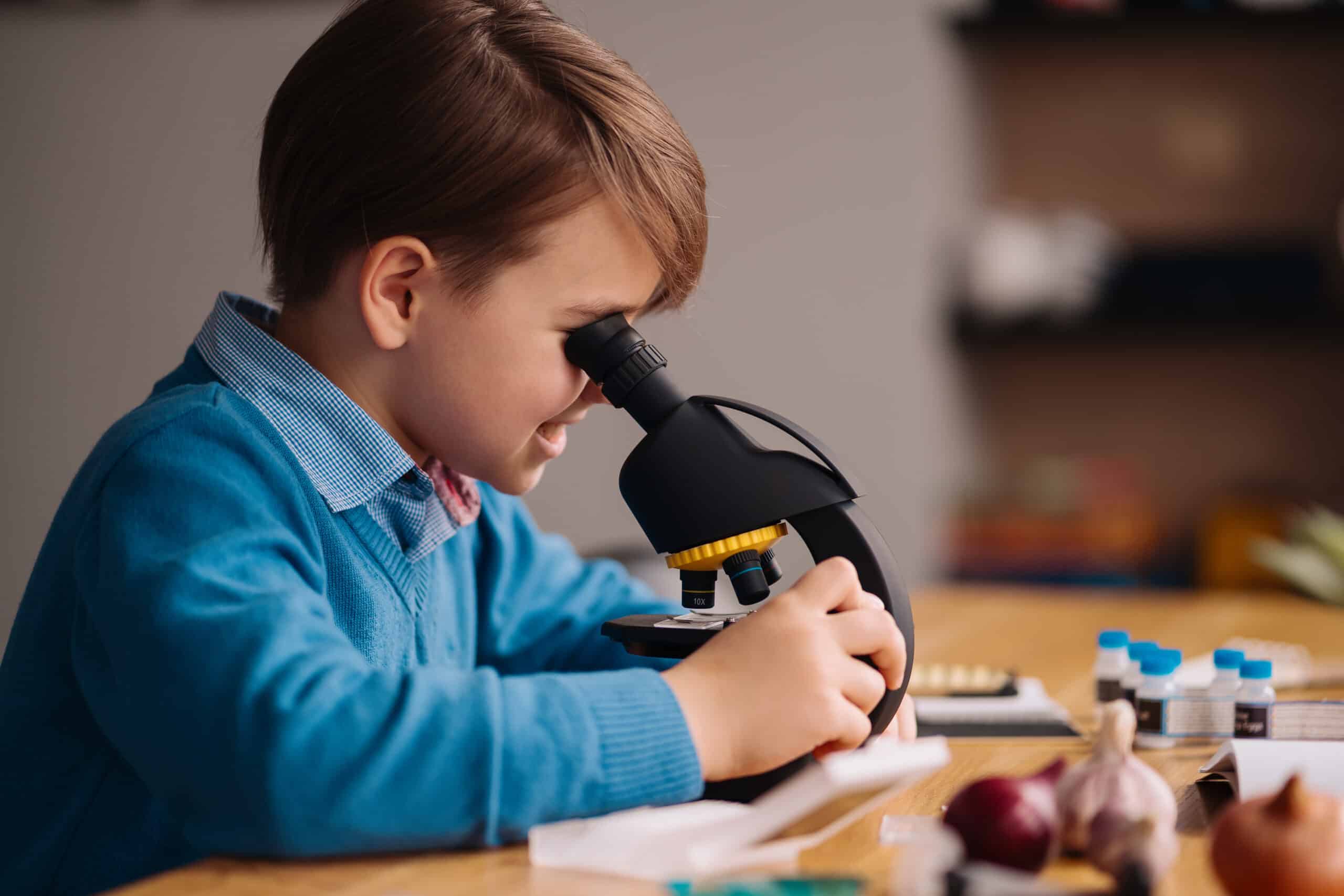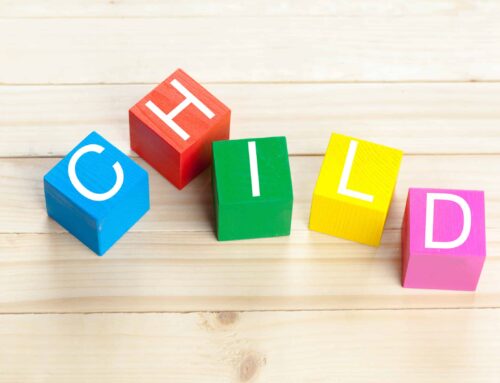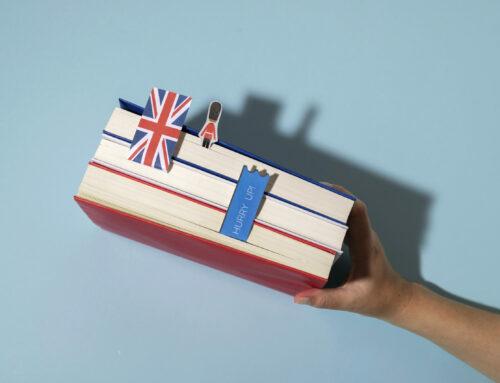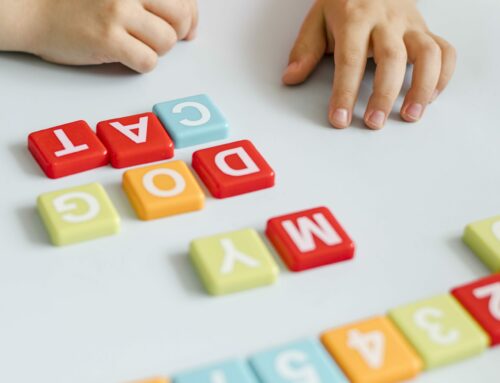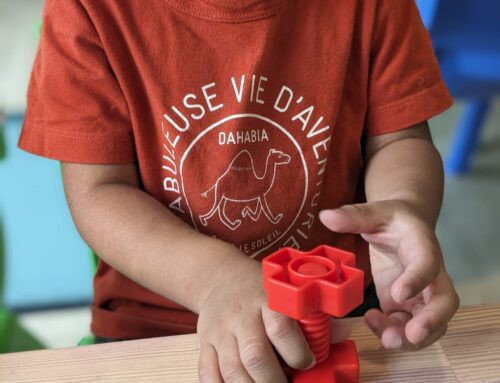Everywhere you go you hear about the method of Maria Montessori or more generally, an active pedagogy… or rather active pedagogies, plural! Because there are numerous pedagogies and each brings their own stepping stone to the building of education and teaching. In the bilingual schools of The Garden Academy, teachers are trained in these pedagogies which allow children to gain autonomy, sharpen their critical sense, and move forward at their own pace.
While the Montessori method encourages autonomous workshops, the Freinet method offers the possibility for a child to experiment individually, and the method of Reggio Emilia advocates cooperation. Depending on the students, their personality and skills, and sometimes depending on their mood, our teaching team applies one method rather than another.
There is a fourth so-called “active” pedagogy that we use regularly at The Garden Academy. It’s an American approach called STEM which stands for Science, Technology, Engineering and Mathematics. Have you heard of it?
The flexibility of a young child is such that the STEM approach, which emphasizes project-based learning, allows them to build a solid foundation for quality learning. It is mainly focused on science, technology and designing solutions to mathematical problems. In an increasingly complex world, where success no longer depends only on the knowledge acquired, but also on what you can do to adapt, to evolve and progress, it is necessary to train children to solve difficult problems. They learn to gather and evaluate evidence and make sense of information. Each STEM component is a valuable lesson contributing to a complete education. Research also affirms that learners, and especially the youngest, have a deep understanding of the world because they develop the application of their knowledge thanks to the STEM approach.
But is this approach really suitable for young children? Yes, perfectly! As you will see, it is much simpler than it seems and the little ones are the first beneficiaries of the STEM approach… all the more for when they are learning another language!
Ours Preschool and kindergarten teachers explain everything in this article.
“ Preschool and STEM: Easier than you think, and important in early childhood education
At The Garden Academy, we are hosting a STEM workshop at least once a week in our preschool and kindergarten classrooms. STEM (Science, Technology, Engineering, and Math) might sound incredibly complicated or intimidating for children at such a young age, but really it is much more simple than you think.
STEM incorporates aspects of children’s daily lives. They are asking questions and exploring their surroundings. STEM helps to build the foundations for science (developing process skills), technology (using tools of any sort), engineering (acquiring habits of mind), and mathematics (strengthening spatial reasoning and number sense). STEM can refer to the subjects individually or one or more working together, but can also mean a way of doing things that includes solving problems, asking questions, and exploring the world around us.
For example, children learn about the concept of technology when they’re exploring tools or simple machines and investigating how they work. These can be items they use every day like a pair of scissors, or things they might see like the wheels of a car as they walk outside. The real-life skills that people develop when learning STEM help make everyone better problem-solvers and learners. Whether children are creating “exploding planets” with baking soda and vinegar, or “dancing ghosts” using static electricity from balloons and crepe paper, our STEM workshops are a hands-on way of learning that has something for everyone!
For children who are learning English as an additional language, it’s important to talk about STEM in children’s native language, in English, or both. Research shows that bilingual children have greater mental flexibility, which may be helpful in understanding math concepts.
You will see: the STEM approach and learning another language are perfectly complementary!”
